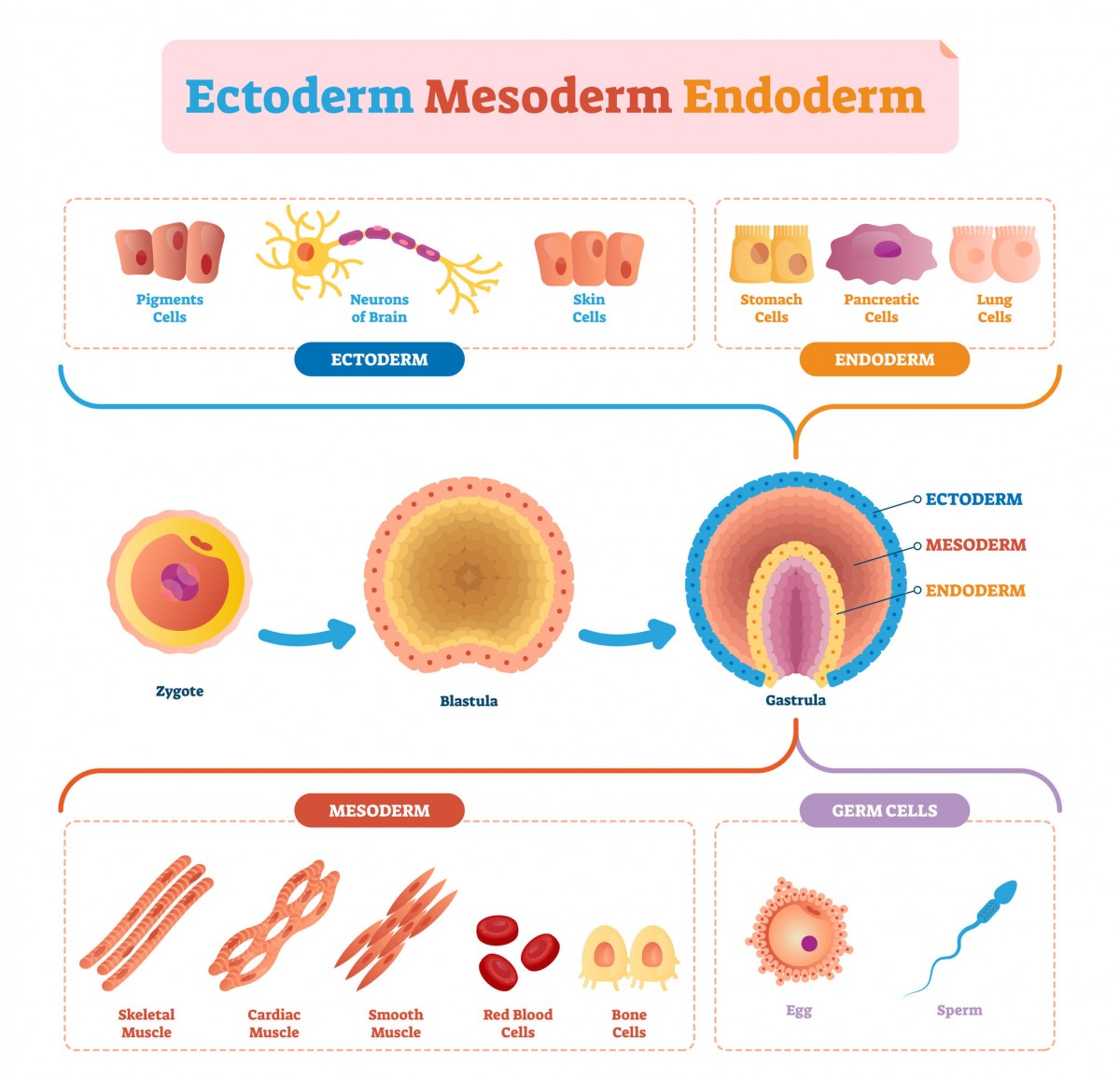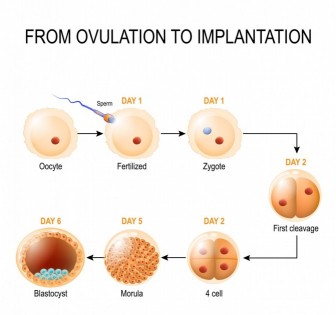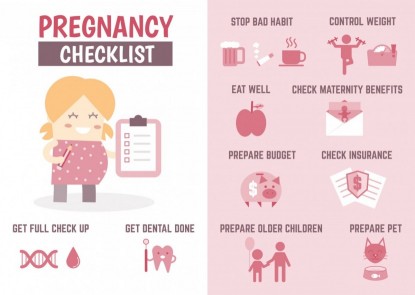This week your embryo is about the size of a sesame or orange seed and looks remarkably like a tiny tadpole, complete with a stubby tail. This tadpole is three layers, the ectoderm, mesoderm, and endoderm. Each layer is predestined to create specific parts of your future baby, and they are each hard at work preparing to put the pieces together.
The ectoderm will form the neural tube where your baby's spinal cord, brain, backbone, and nerves will develop. This layer will also develop into tooth enamel, skin, hair, nails, and sweat glands.
The mesoderm is hard at work creating a circulatory system, including the heart and veins required to pump blood through the body. This layer is also responsible for turning into muscle, cartilage, bone, and the tissue located under the skin.
The endoderm will turn into lungs, intestines, urinary tract, thyroid, liver, and pancreas.
If you're feeling nerdy or want more details, this short video offers some big words and biological information:The placenta is also busy forming in your uterus. This organ will supply the nourishment and oxygen your fetus will need to become a baby, and it removes waste products from the baby's blood. The placenta attaches to the uterus wall, usually at the top, front, back, or side. Attachment to the lower portion of the uterus is rare, but when it occurs, it is called placenta previa and could lead to potential problems as your pregnancy progresses. Its creation will be complete by the end of the first trimester, but in the meantime, the umbilical cord and a primitive placenta are already hard at work.
Reference Sources
- American Pregnancy Association - Concerns Regarding Early Fetal Development
- American College of Obstetricians and Gynecologists - How Your Fetus Grows During Pregnancy
- Mayo Clinic - Placenta: How it Works



